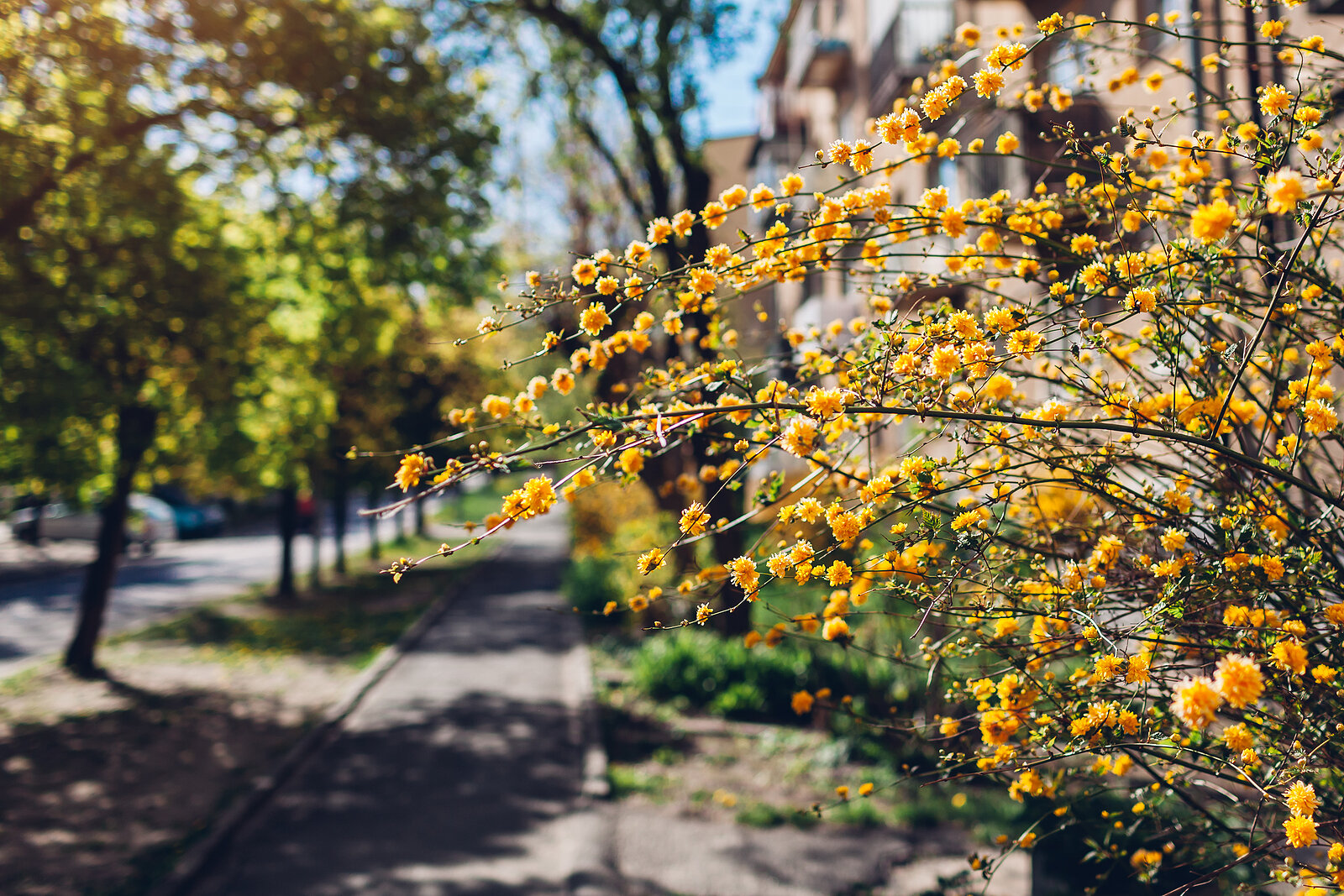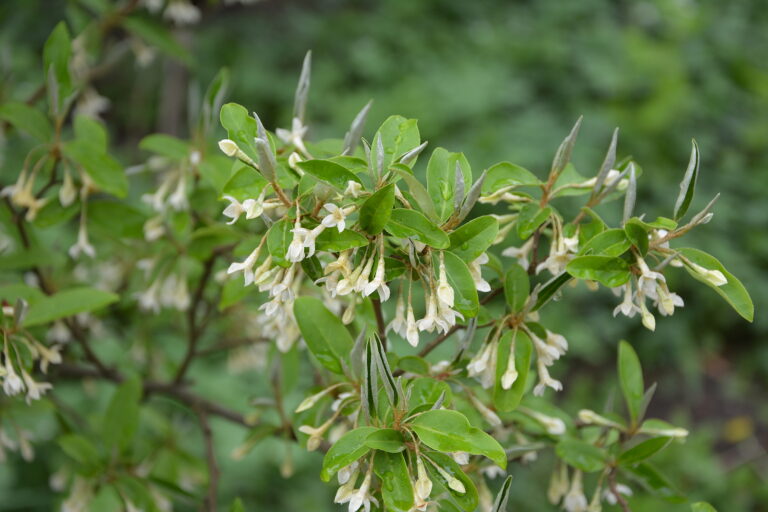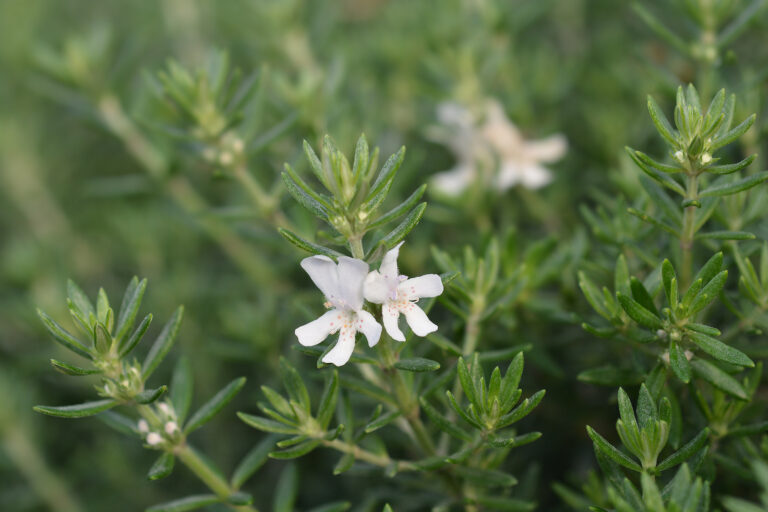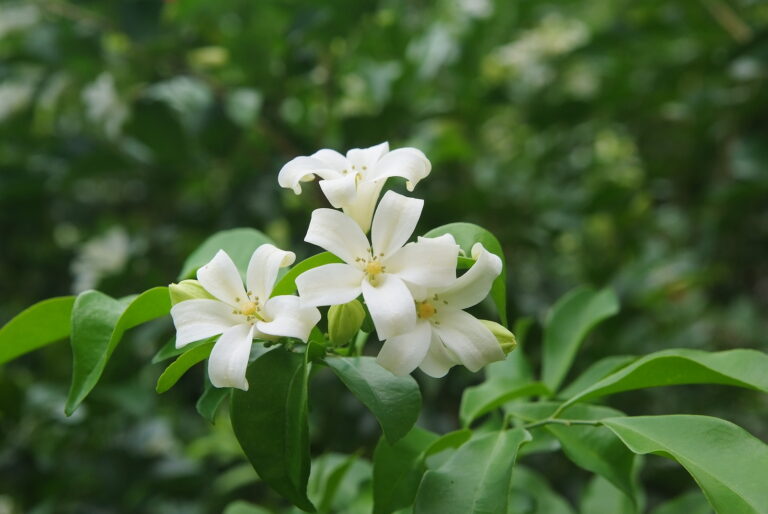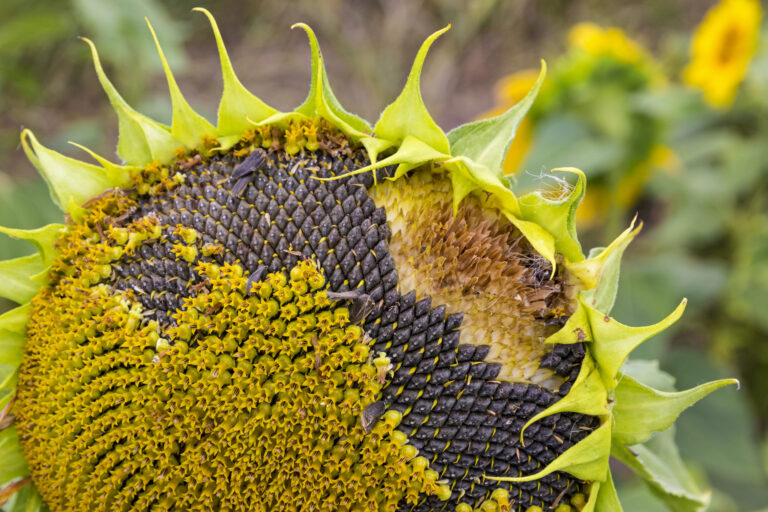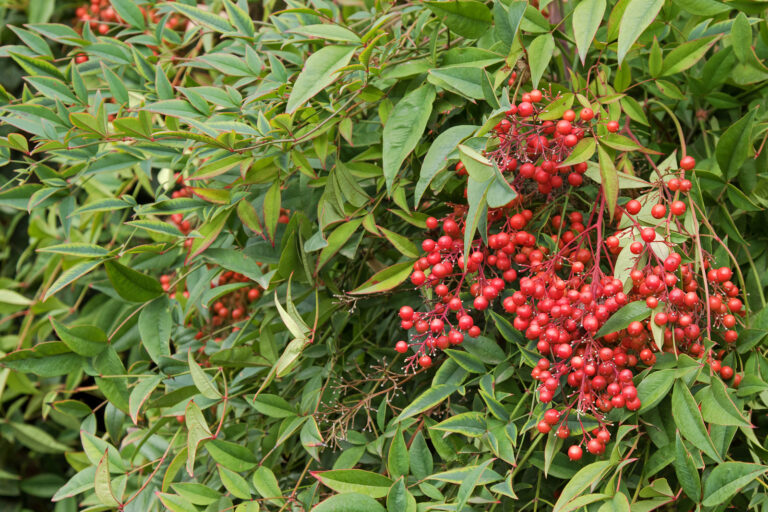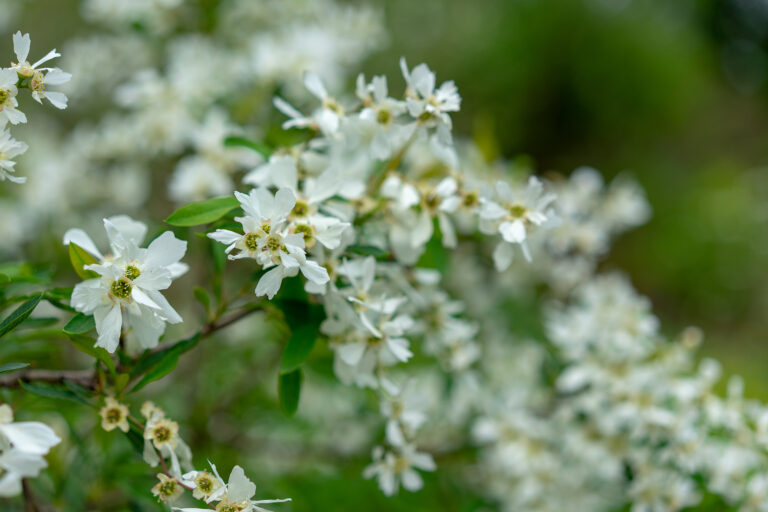How to Grow Kerria — Japanese Rose
Kerria–commonly called Japanese rose–is a deciduous spring-blooming shrub. Single or double yellow flowers are saucer- or cup-shaped. Japanese rose can be grown as a specimen shrub or grow several in a colorful border.
Kerria belongs to the Rose family. It is not particular about the soil but prefers a well-drained and sheltered position, doing well in partial shade.
The light green twiggy stems of Kerriea are very decorative in winter.
Kerria is a genus of one species. It is native to thickets and woodland in China and Japan.
Get to Know Kerria
- Plant type: Deciduous spring-blooming shrub
- Growing Zones and range: 5-9
- Hardiness: Hardy
- Height and width: 4 to 5 feet (1.5m) tall, 5 to 6 feet (2m) wide
- Foliage: Ovate or pointed simple creased and folded dark green leaves are alternate
- Flowers: Single or double five-petaled saucer- or cup-shaped yellow flowers
- Bloom time: Mid-spring
- Uses: Shrub border or woodland garden
- Garden companions: ‘Miss Kim’ lilac (Syringa pubescens subsp. Patula ‘Miss Kim’)
- Common name: Japanese Rose
- Botanical name: Kerria japonica
- Family: Rosaceae
- Origin: China and Japan
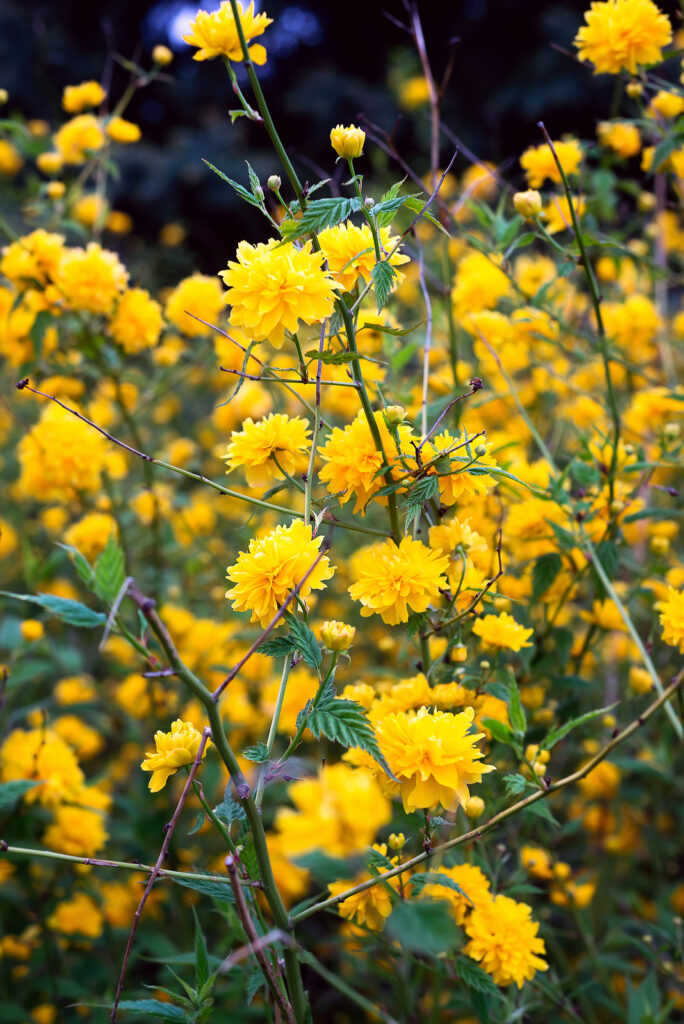
Where to Plant Kerria
- Kerria needs full to part sun; flowers may fade without full sun.
- Grow Kerria in humus-rich, well-drained soil, that is moist.
- Give Kerria room to display its arching form.
When to Plant Kerria
- Set Kerria in the garden in spring, summer, or fall.
Planting and Spacing Kerria
- Space Kerria 5 to 6 feet apart.
How to Water and Feed Kerria
- Kerria needs ample water; keep the soil evenly moist.
- Fertilize Kerria by adding aged compost around the base of the plant each spring.
- Mulch with compost or aged manure after pruning.
Kerria Care
- Kerria blooms on the previous year’s growth. Immediately after flowering, cut out flowering shoots to the ground or cut back severely.
- Thin out old stems after flowering.
- When plant becomes overgrown, renew by cutting entire shrub down to just a few inches.
Kerria Common Problems
- Fireblight, leaf and twig blight, and canker can occur.
Kerria Propagation
- Take greenwood cuttings in summer.
- Divide Kierra in autumn.
- Suckers can pop up a couple feet from the parent; use them for easy propagation.
Kerria Varieties to Grow
- Kerria japonica, suckering shrub with arching green shoots and ovate, pointed, sharply toothed, bright green leaves, to 4 inches (10cm) long. In mid- and late spring, produces solitary, single or double, golden yellow flowers, 1.25-2 inches (3-5cm) across. To 6 feet (2m) tall and 8 feet (2.5m) wide. China, Japan. ‘Pleniflora’ has double, pompom-like flowers. ‘Variegated’ has single flowers and leaf margins that are white.

